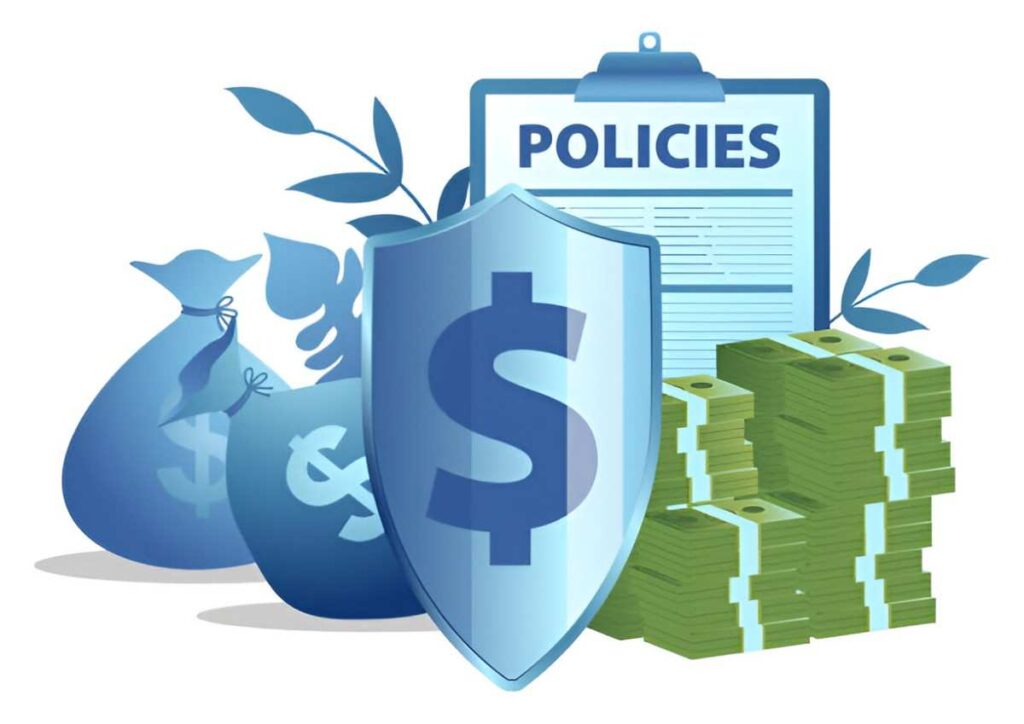When I first heard the term load in finance, I thought it referred to a physical weight. But in financial terms, load has a different meaning—it’s a fee or commission charged on certain investments, particularly mutual funds. If you’re new to investing, understanding load is crucial because it directly impacts your returns. In this guide, I’ll break down what load means, the different types, how it affects your investments, and whether you should avoid it.
Table of Contents
What Is a Load?
A load is a sales charge or commission investors pay when buying or selling mutual fund shares. These fees compensate brokers or financial advisors for their services. Not all mutual funds charge a load—some are no-load funds, meaning they don’t have these sales fees.
Types of Load Fees
There are three main types of load fees:
- Front-End Load – Paid when you buy the fund.
- Back-End Load – Paid when you sell the fund.
- Level Load – An annual fee charged as long as you hold the fund.
Let’s explore each in detail.
1. Front-End Load
A front-end load is a one-time fee deducted from your initial investment. If you invest $10,000 in a fund with a 5% front-end load, only $9,500 gets invested. The remaining $500 goes to the broker.
Example Calculation:
Load\ Fee = Investment \times Load\ Percentage = 10,000 \times 0.05 = 500
This means you start with a loss before the fund even performs.
2. Back-End Load (Deferred Sales Charge)
A back-end load applies when you sell your shares. It often decreases over time—a contingent deferred sales charge (CDSC). For example, a fund might charge 5% if you sell within the first year, 4% in the second, and so on until it reaches zero.
Example Calculation:
If you sell $10,000 worth of shares in the first year with a 5% back-end load:
Load\ Fee = 10,000 \times 0.05 = 500
3. Level Load (12b-1 Fees)
Level loads are ongoing annual fees, often called 12b-1 fees. These cover marketing and distribution costs. If a fund has a 1% 12b-1 fee, you pay $100 annually on a $10,000 investment.
Example Calculation:
Annual\ Fee = 10,000 \times 0.01 = 100How Load Affects Your Returns
Load fees reduce your overall returns. Let’s compare a load fund with a no-load fund.
Comparison: Load vs. No-Load Fund
| Investment | Load Type | Fee (%) | Amount Invested | Annual Return (7%) | Value After 10 Years |
|---|---|---|---|---|---|
| $10,000 | Front-End | 5% | $9,500 | 7% | $18,692 |
| $10,000 | No-Load | 0% | $10,000 | 7% | $19,672 |
Calculation:
For the load fund:
For the no-load fund:
Future\ Value = 10,000 \times (1.07)^{10} \approx 19,672The load fund underperforms by nearly $1,000 due to the initial fee.
Should You Avoid Load Funds?
Not necessarily. Some load funds perform well enough to justify the fee. However, no-load funds are often better for self-directed investors. Consider these factors:
- Financial Advice – If you need professional advice, a load fund might be worth it.
- Fund Performance – Some load funds outperform no-load alternatives.
- Alternatives – ETFs and index funds usually have lower fees.
Tax Implications of Load Fees
In the U.S., front-end loads are not tax-deductible. However, back-end loads can sometimes reduce capital gains taxes because they lower your sale proceeds.
How to Identify Load Fees
Check the fund’s prospectus or fee table. Look for:
- Maximum Sales Charge (front-end load)
- Deferred Sales Charge (back-end load)
- 12b-1 Fees (level load)
Final Thoughts
Load fees can eat into your returns, but they aren’t always bad. If you value professional advice, a load fund might make sense. However, if you prefer a DIY approach, no-load funds or ETFs could be better. Always compare fees and performance before investing.





